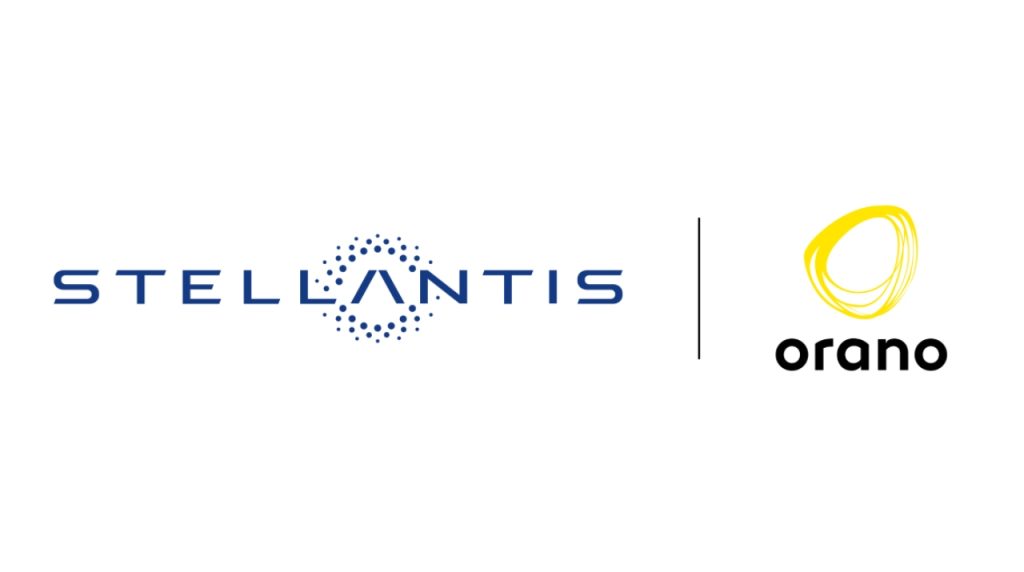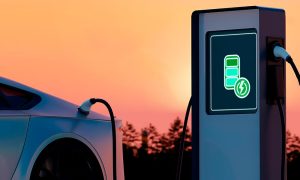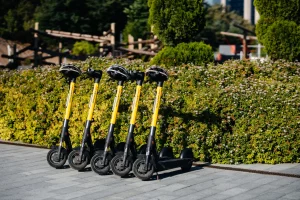Stellantis and Orano have entered into a memorandum of understanding aimed at recycling electric vehicle batteries at the end of their lifecycle, as well as managing waste from gigafactories in Enlarged Europe and North America.
This agreement strengthens Stellantis’s presence in the electric vehicle battery value chain, ensuring access to key resources such as cobalt, nickel, and lithium, which are essential for driving electrification and facilitating the transition to more sustainable energy sources.
Stellantis will leverage Orano’s low-carbon emission technology, which breaks with existing processes and allows for the recovery of all materials from lithium-ion batteries, as well as the production of new materials for cathodes.
Additionally, it will generate materials known as “black mass” or “active mass,” which can be refined at the hydrometallurgical plant Orano is constructing in Dunkirk (France) to reuse these materials in batteries, thus closing the circular economy loop.
Related Content: Stellantis and CATL Work Towards Battery Development
Stellantis Promotes the Circular Economy
Thanks to its pretreatment system and the use of cutting-edge hydrometallurgical technology, metal recovery rates can exceed 90%. This enables component manufacturers to meet the recycling requirements set by the European Commission for electric vehicle batteries, thereby ensuring the sustainability of the business model.
“United Nations Sustainable Development Goals have confirmed the need to find solutions like this partnership with Orano to address the challenge of natural resource scarcity and sustainability,” says Alison Jones, Senior Vice President, Circular Economy Business Unit.
Finally, as part of Stellantis’s Dare Forward 2030 strategic plan, the company is working with the aim of increasing recycling revenues tenfold, aspiring to exceed 2 billion euros in total revenues from the circular economy by 2030.



